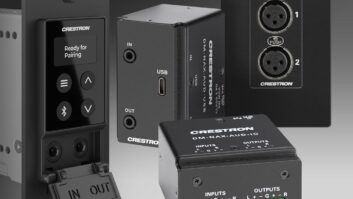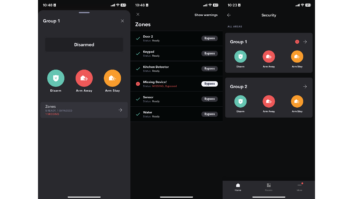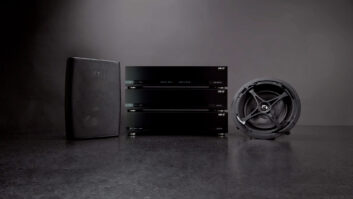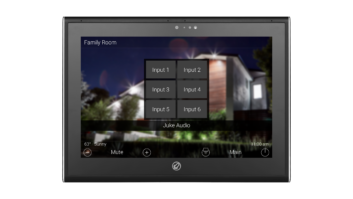
What does “audio on Pyng” mean, exactly? Well, that’s anyone’s guess, but I do have a wish list.
Last week we went to see a potential new client that had some older automated shades, controlled from some switches on the wall. She had been having issues with her shades not responding to the switches and the shades not closing smoothly. It turns out the wiring had been changed several times (the last time incorrectly), so the motors had burned out. The client had wanted to switch to an app-controlled solution, but was very unwilling to go with Crestron due to a previous negative experience. We told her that we could provide an app-based Crestron solution that didn’t have to integrate with her current Crestron system (we didn’t have the programming, and it is Pro2 based, so it needs upgrading and she didn’t want to go that route). She said that she was fine with keeping the shades being separate because they always had been anyway.
This is an example of Pyng giving us a toehold into a home and enabling Crestron to win back a “lost” client. Now just imagine the possibilities of getting a client back onboard with Crestron, if you can offer them whole-home audio through Pyng. Don’t get me wrong, my Pyng system already talks to my audio system at home. I use my Pyng app to turn on and off lights and play music throughout my home. A few simple hooks and triggers and the system performs and acts as one. My programmer even pulled the Pyng smart object into VTPro, and it’s running on all my touch screens. But with this client and with clients like her, I seriously started wishing that I could offer more features natively within the app — to quickly offer all the great benefits of easy user-driven configuration, app-based usage, and Crestron reliability. This is in contrast to automation and control systems that require a return visit from the integrator or programmer to do something as simple as changing a scene. With Pyng, customers feel much more in control and less taken advantage of — and giving them a taste of this with whole-home audio is the perfect entrée into their residence.
What does “audio on Pyng” mean, exactly? Well, that’s anyone’s guess, but I do have a wish list. I’ve worked with Crestron quite extensively since the launch of Pyng to provide feedback and they have already assured me that much of that feedback will be incorporated into the next software update — mostly around configurability options. If you’ve been reading this blog with any regularity, you know how passionate I am about Crestron because they do tend to listen to their dealers and make great, reliable products.
Here’s my best guess at what will be included with Pyng audio – I assume they will start with Crestron products:
-CEN-NSP1 Media Server/iPod dock
-6×100 6 zone audio amp
-4×100 4 zone audio amp
And my wish list for non-Crestron branded gear would be:
-Marantz NA8005 Media Streamer
-Sonos
– Denon Heos
-Autonomic’s Mirage MMS2 or MMS5a
-Kaleidescape Cinema One for music only
-AppleTV (for Airplay for now)
-Roku with 2 way feedback
-Cable boxes for cable music channels
What else would you like to see added?
When Pyng audio becomes available, I want to do a test of Sonos vs. Pyng, evaluating ease of set-up, configuration and use, along with functionality and reliability. I will have Mark Feinberg of Home Theater Advisors, who is a big Sonos supporter, help me out. Does anyone else want to participate? Let me know by emailing me at [email protected] and I’ll involve as many readers as possible.
+Todd Anthony Pumais president of The Source Home Theater Installation, Powered by Fregosa Design, in New York City.








